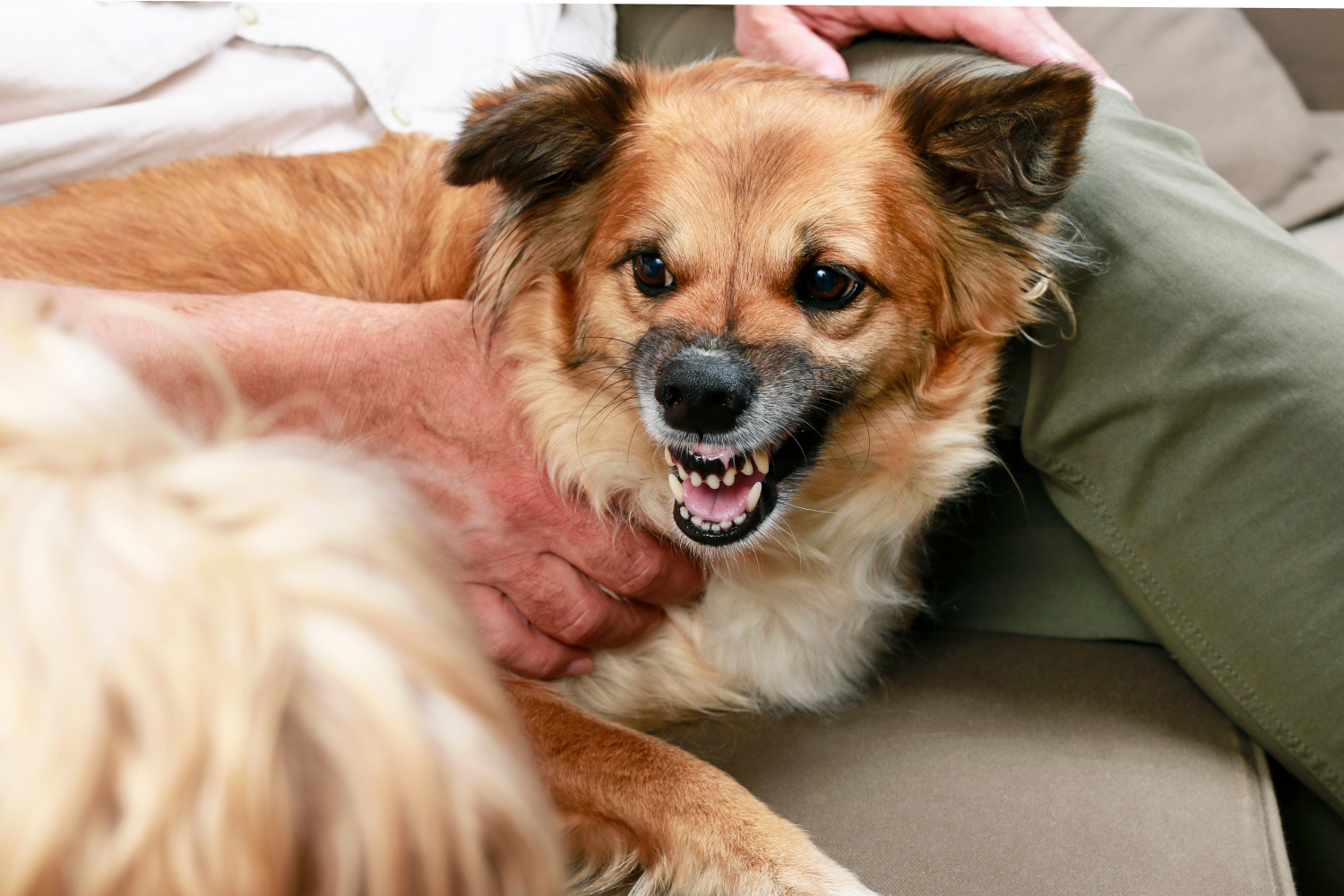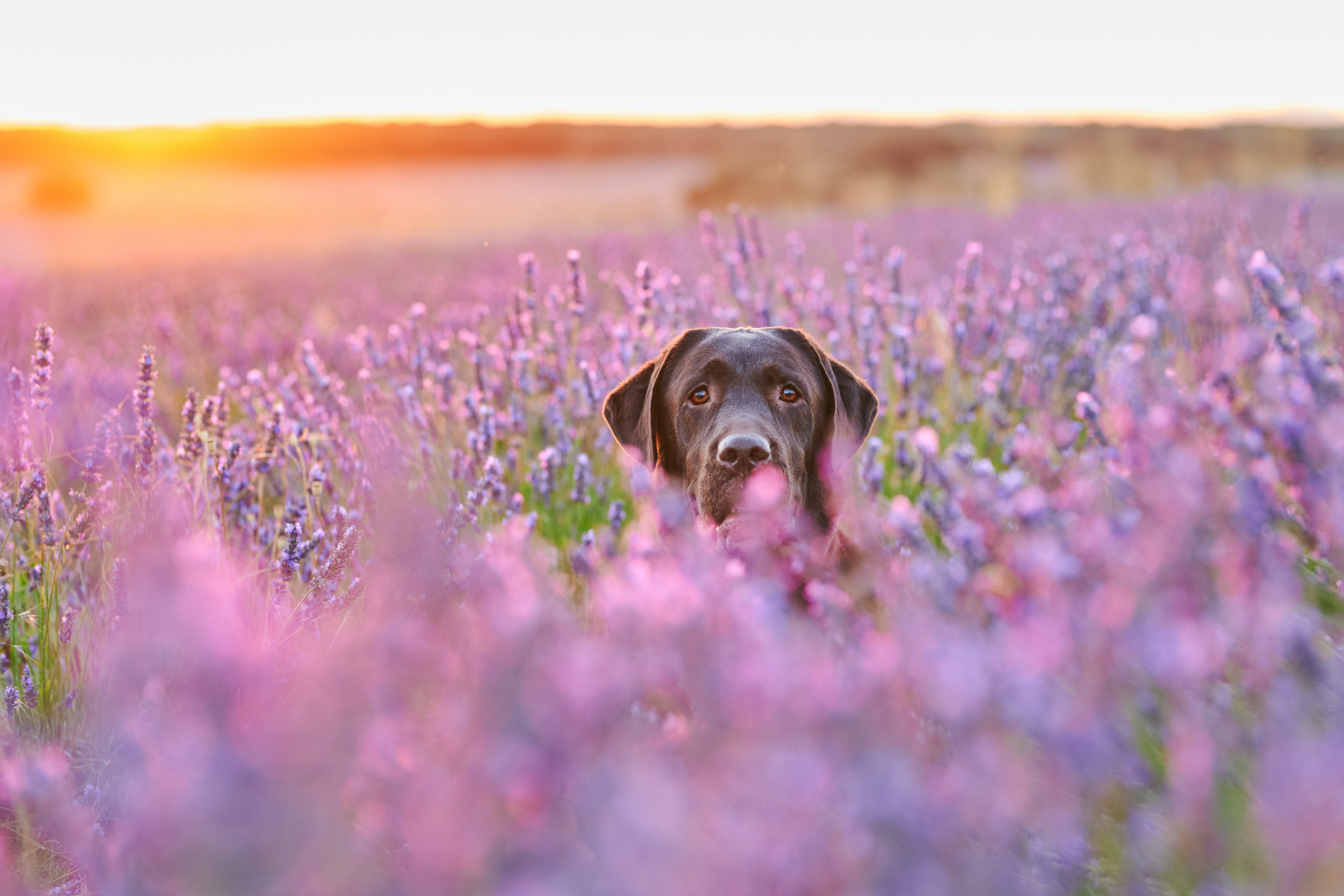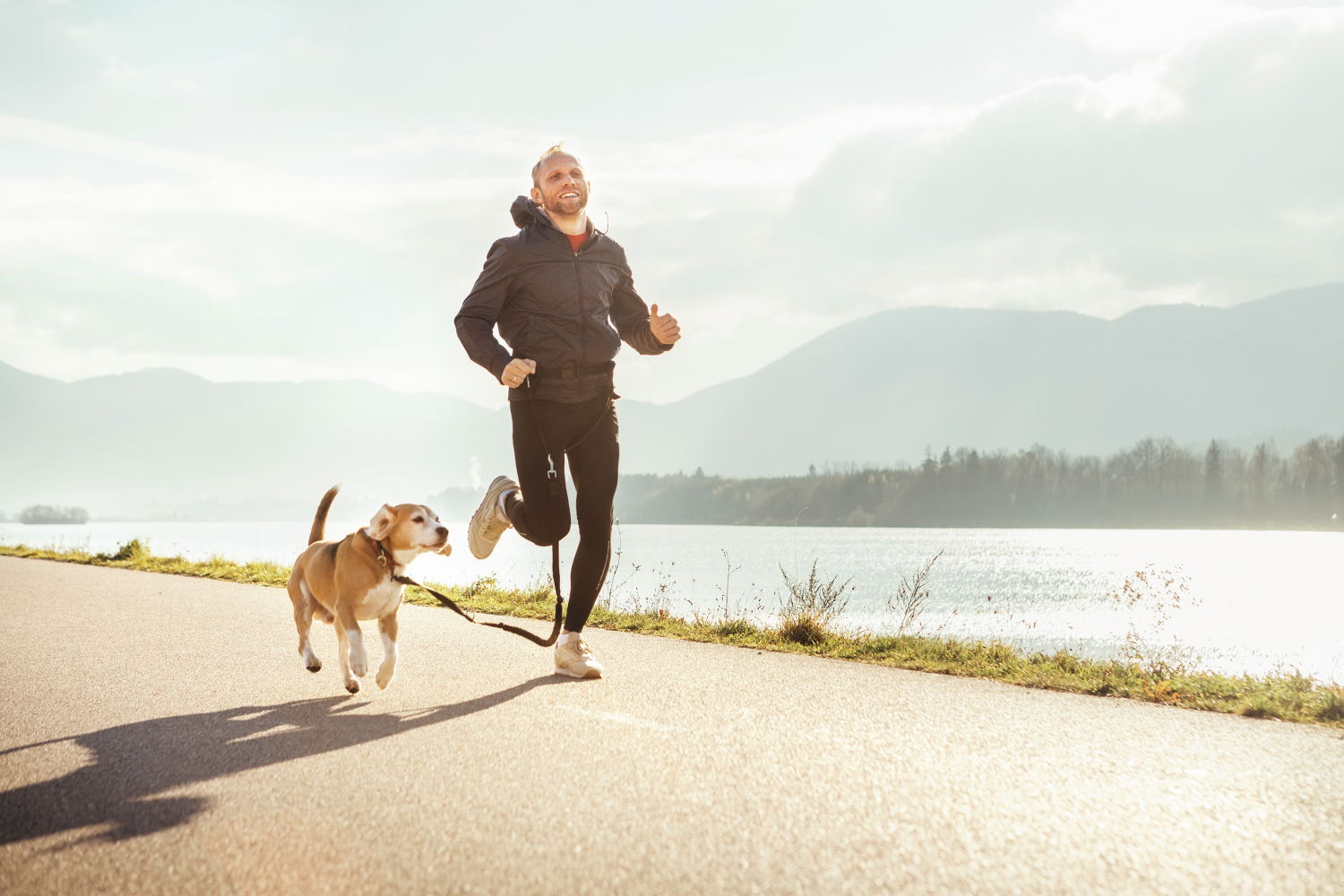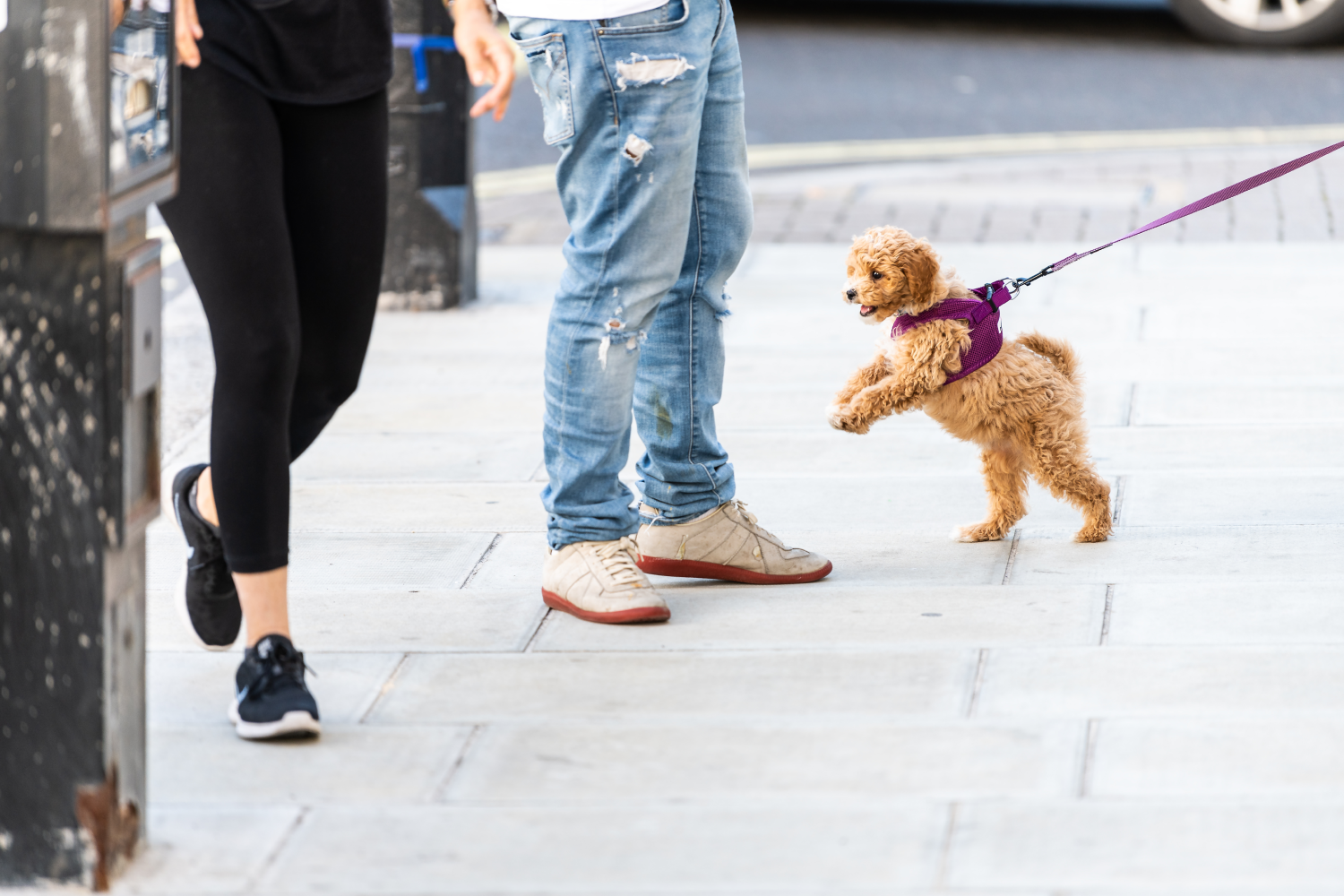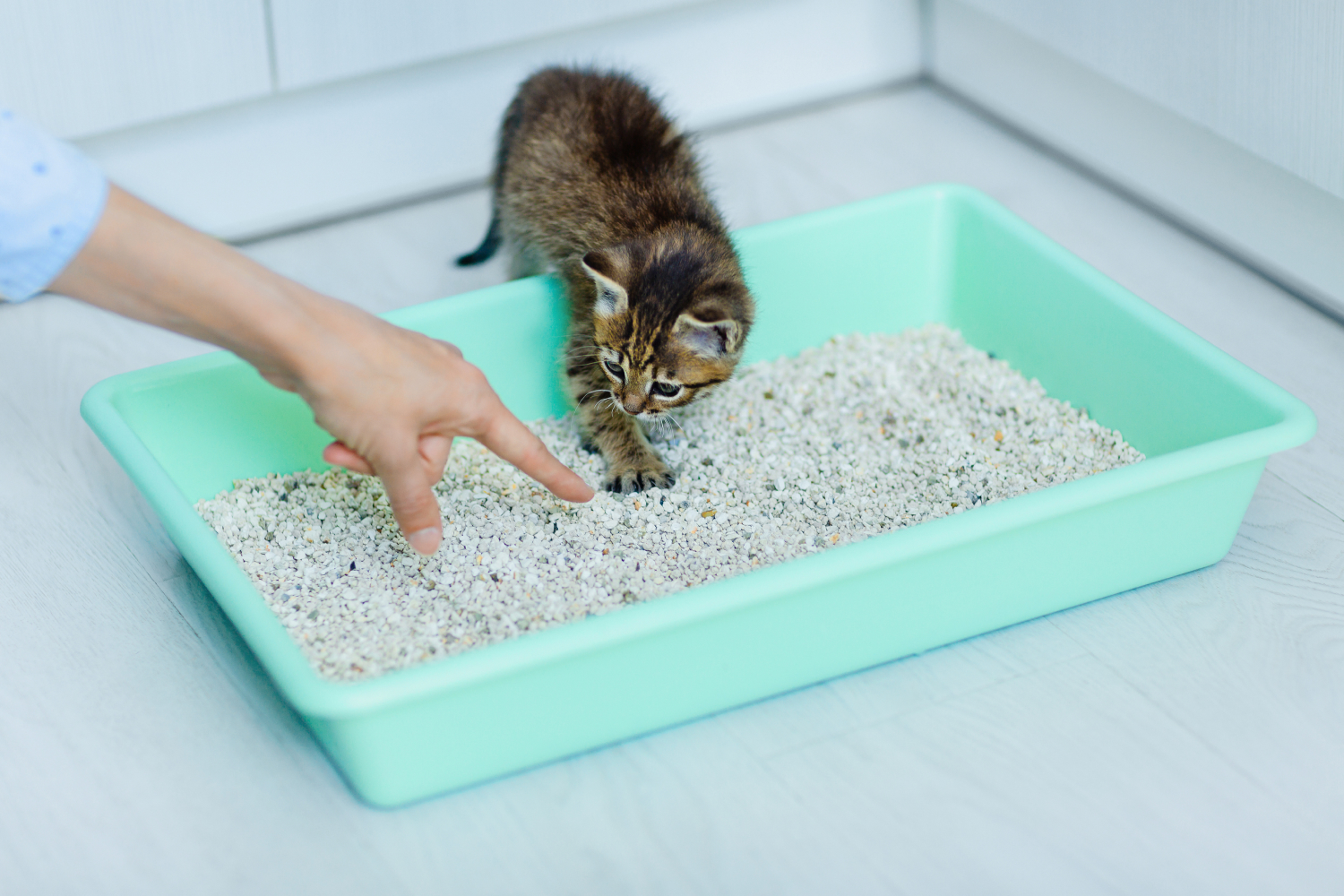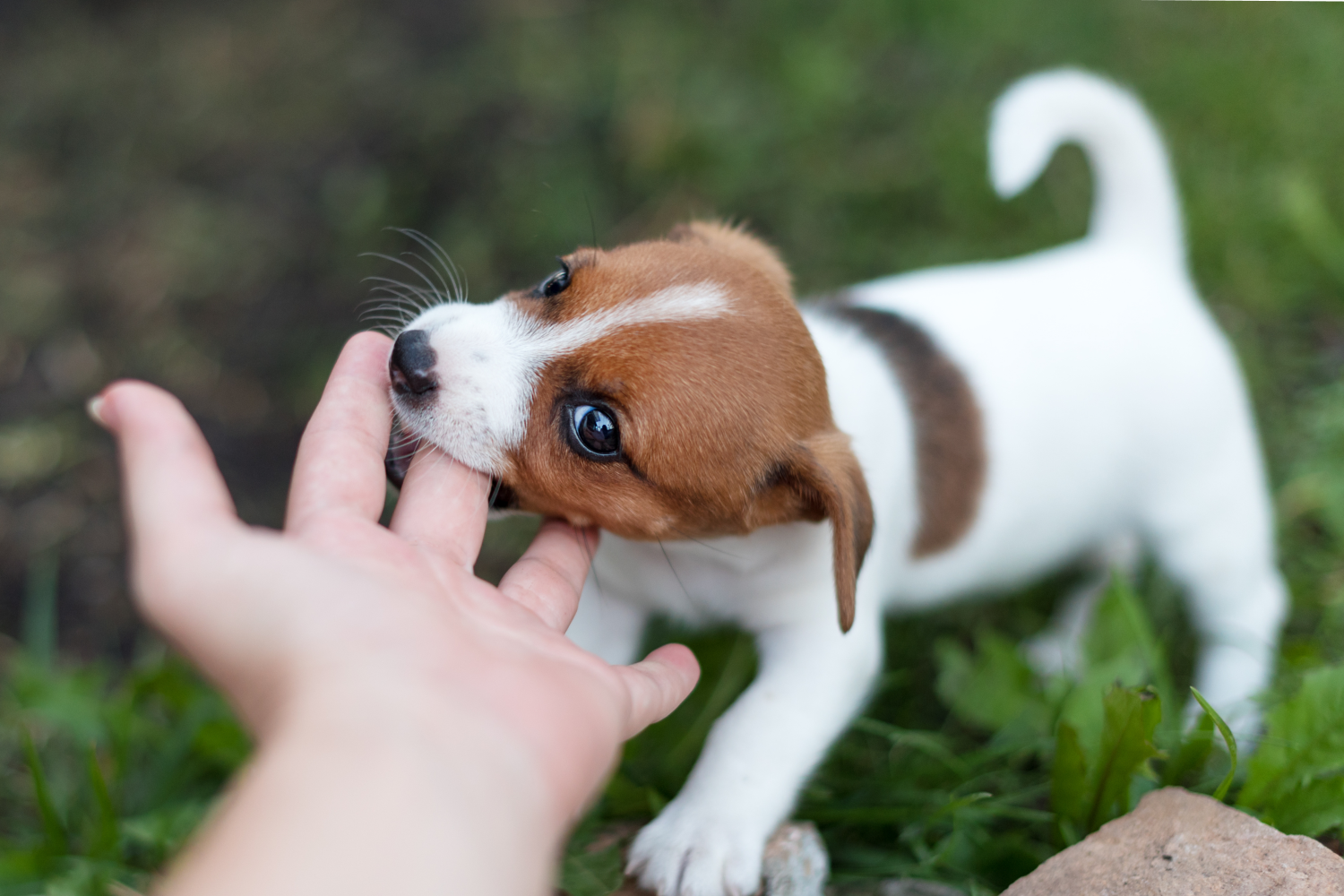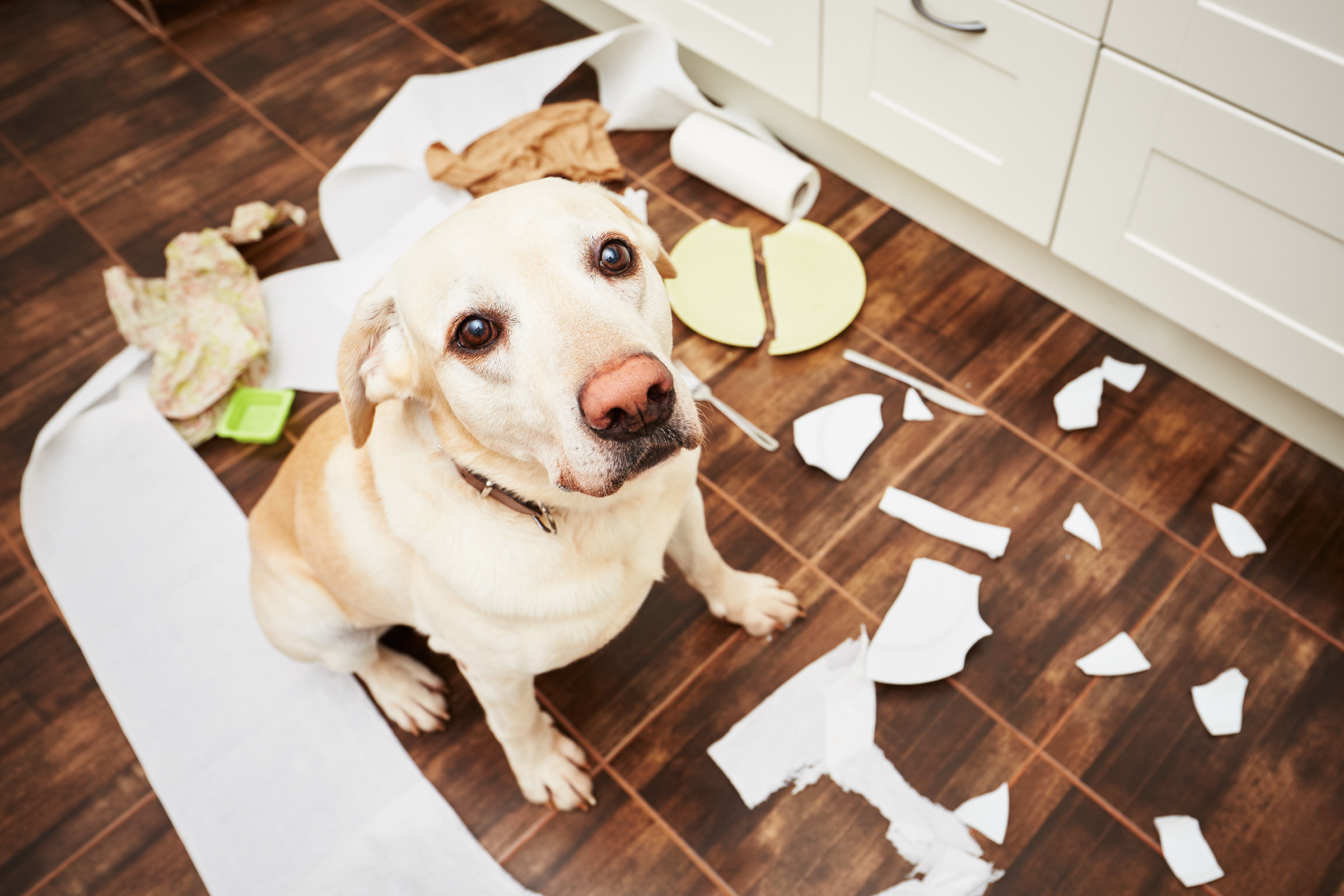Cat parents will do just about anything if it means their precious baby is happy and healthy. There really are no limits to what you might do for your pet, but you should always do your research first when trying out a new method. Aromatherapy is something that humans have been using for years to help with everything from sinus problems to anxiety and depression.
If you practice aromatherapy at home with your pets, you might be wondering if it’s even safe for them to be around. Essential oils are found in many common household products, so it’s likely that your cat has already been exposed to some of them. Not every essential oil you use for yourself will be safe for your cat. It’s all about knowing what to stay away from and how much is too much.
To learn more about aromatherapy for cats and the safety precautions to take, keep reading.
What Is Aromatherapy?
Aromatherapy is the practice of inhaling diffused essential oils or applying them topically through a massage to help alleviate stress and other ailments. Essential oils come from the extraction of certain plants and can have specific abilities and purposes. That means that if you are trying to create a calm and relaxing environment, there are essential oils that are specifically used for that.
Interest in aromatherapy for cats is starting to arise more and more; people are wondering if it can carry the same health benefits for cats as it does for humans. Studies have shown that some essential oils could have a place in holistic veterinary medicine practices to fight against bacterial and fungal infections. Some oils, like very heavily-diluted oregano oil, can work as a flea repellent.
Aromatherapy may help reduce anxiety, repel insects, help with nausea, and promote overall better sleep. The main focus of aromatherapy seems to be its preventative care abilities. So, if it can help you, can it help your cat? Let’s discuss.
How To Use Essential Oils Safely Around Pets
The answer to the question, “Is aromatherapy safe for cats?” is — it depends. It depends on what essential oils you use in the aromatherapy, what brand you have, and how you use them. Pure essential oils can be extremely toxic to cats when consumed, so it’s vital to dilute the essential oils so they aren’t being exposed to them in their concentrated form.
When cat-proofing your home, store the essential oils away in a safe location that your cat cannot get into and or knock over. Some essential oils are going to be considered not safe to use around cats. If you have a cat in your home, check to make sure all your essential oils are safe.
How To Blend Essential Oils With a Carrier Oil
The way to ensure that your essential oils will not harm your cat is to make sure that they are properly diluted. Using 100% pure essential oil on a cat can be toxic and have adverse effects. The last thing you want to do is cause your cat pain when you’re trying to help them out, so be wary of what products you are using.
Before applying an essential to your cat’s skin, dilute it with a few drops of a high-quality carrier oil. Cat-safe carrier oils can be jojoba oil, aloe vera, olive oil, and coconut oil.
Essential Oils To Avoid
Cats do not metabolize things the same way that humans (and even dogs) can. A cat’s liver lacks the P450 cytochrome metabolic pathway, so they can’t metabolize and break down certain medications and essential oils.
The most toxic essential oil to cats out there is tea tree oil (aka melaleuca essential oil). Tea tree oil can cause toxic shock and seizures in cats and should be avoided in your household. Even if you are using tea tree oil for yourself, it can have a negative effect if your cat rubs up against you or licks your skin. It is best to skip this oil entirely for the safety of your cat.
Other essential oils that you should refrain from using if you have a cat and are attempting aromatherapy are:
- Bergamot
- Cinnamon
- Clove
- Juniper
- Eucalyptus
- Lemongrass
- Pennyroyal
- Flowering plants like rose, geranium, and ylang-ylang
- Sandalwood
- All citrus essential oils, like orange and lemon
- All mint essential oils, like peppermint, spearmint, and wintergreen
Not only should you be avoiding these certain essential oils, but when you do use aromatherapy for your cat, limit how much exposure they have: Essential oils can become irritating for your cat and cause adverse reactions. Everything should be done in moderation and under supervision so that you can monitor your cat’s reaction.
Review the symptoms of essential oil poisoning. Concerns include:
- Respiratory distress (difficulty breathing)
- Muscle tremors
- Drooling
- Vomiting
- Difficulty walking
If you have cause for concern, call the ASPCA’s Pet Poison Helpline.
Safe Essential Oils to Use
When it comes to safety and aromatherapy, monitor your cat when the essential oil diffuser is on. You don’t want to leave it on for too long or have your cat plop themselves down directly in front of it while it diffuses. It’s best to keep it out of your cat’s direct way while it diffuses.
Some cat-safe essential oils that can be used in moderation during aromatherapy are:
- Cedarwood
- Rosemary
- Copaiba
- Helichrysum
- Frankincense
At certain dilutions, the following essential oils can be used in moderation with your cat, but too much of them can cause irritation or discomfort:
- German chamomile
- Roman chamomile
- Lavender
- Thyme
- Valerian
Lavender essential oil can have calming effects but can be dangerous if not diluted correctly before application to your cat’s fur or skin. If you are not comfortable trying to figure out all of this on your own, you should consult with an aromatherapy specialist. You can also chat with a veterinary expert at AskVet and find an answer at any time of the day or night.
Introduce Essential Oils Slowly
Your cat might not be interested in using aromatherapy, and that’s okay! Before you start, expose your cat to the diffused oils to see if they enjoy it or find another room. Some cats are not going to be a fan of it, and some may seem indifferent.
If, over time, your cat seems to become irritated or uninterested in the diffuser, it might mean that their time with aromatherapy is over.
Answers for Pet Parents From the Pet Experts
When practicing aromatherapy for your cat, questions about what to use, how much to use the diffuser for, and what not to do might come up. With AskVet, you can hop on our vet chat and talk with a pet professional almost instantly. They can let you know whether or not what you’re doing is harming the cat and might be able to alleviate the stress you feel about the aromatherapy.
If you’ve been seeking out aromatherapy to soothe your cat’s anxiety or behavioral issues, talk with our Certified Pet Coaches about different resources and guides that can help.
Sign-up today for a virtual session where we can learn more about your pet and their needs.
Sources:
Use of Essential Oils in Veterinary Medicine to Combat Bacterial and Fungal Infections | NCBI
Essential Oils For Cats | Iowa Veterinary Wellness Center
Animal Poison Control | (888) 426-4435 | ASPCA
Concentrated Tea Tree Oil Toxicosis In Dogs And Cats: 443 Cases (2002–2012) | AVMA






